This page is a catalogue of wildlife you might encounter while exploring the hiking trails throughout Leinster.
Back To Home About Us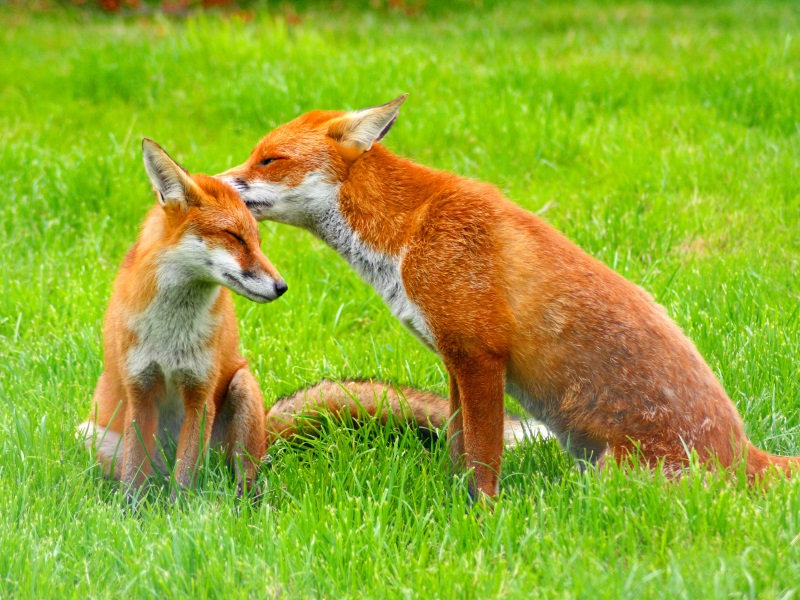
The red fox is an easily recognisable Irish mammal, being dog-like, with a slender muzzle and long, horizontally-held bushy tail.
Foxes are similar in size to a medium-sized dog with orange-red fur on its back and sides and white fur on its underside. They have black tips to the ears, dark brown feet, and a white tip to its bushy orange tail. Evidence of fox activity can be found in various forms, including tracks, scat (droppings), prey remains and clumps of fur.
The red fox is common throughout Ireland in both rural and urban habitats. Elusive, and largely nocturnal, the fox usually stays well hidden and many people, particularly in our cities, go about their lives completely oblivious to the proximity of this striking mammal.
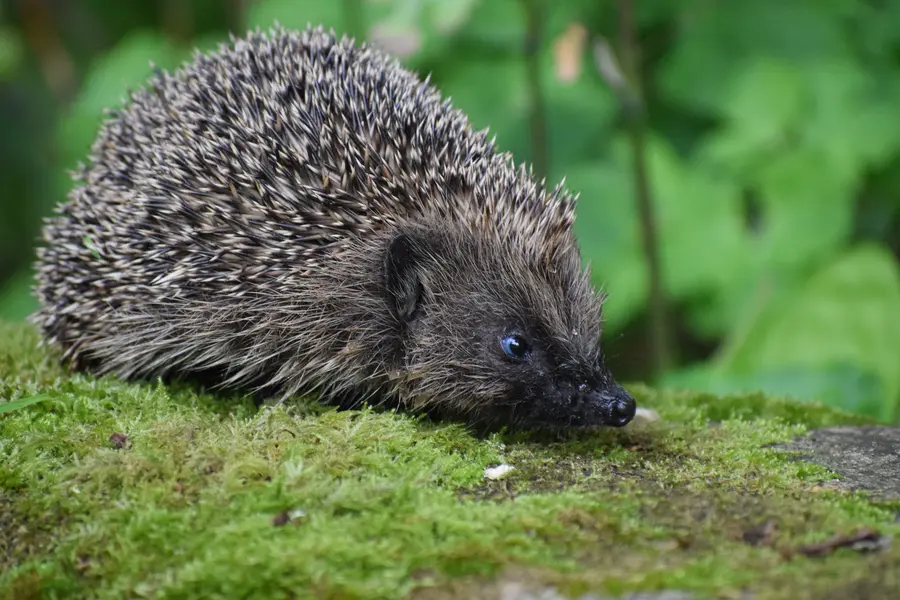
The hedgehog is a medium-sized insectivore and is probably one of our most recognisable mammals due to its characteristic spines covering its back and sides. .
Spines are absent from the face, chest, belly, throat and legs, which are covered with a coarse, grey-brown fur. Spines are the hedgehog’s main line of defence and, if startled, will roll up in a ball, leaving just a surface of the spines exposed.
Unlike other mammals that build a secure permanent home, the day nests of hedgehogs are flimsy structures designed for short-term use. While hedgehogs may occupy a variety of nests during the active period, they do return to individual nest sites. Most day nests occur in hedgerows, but rabbit burrows, abandoned silage bales, stonewalls, and garden sheds can also be used. This adaptability allows them to thrive in various environments, including urban areas. Although hedgehogs can be found in a wide range of habitats, they tend to avoid wetlands and mountainous regions.
Apart from bats, hedgehogs are the only Irish mammals that undergo true hibernation. Due to Ireland’s milder climate, hibernation is shorter than in other regions, typically lasting from October to March. While some hedgehogs remain dormant for the entire hibernation period, others wake periodically and move to a new hibernation site. Hibernation sites are robust structures with a short tunnel leading to a chamber composed of compacted leaves.
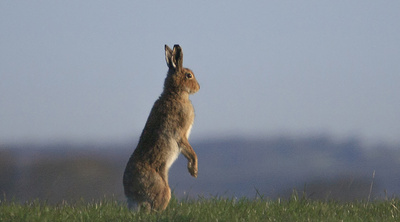
The Irish hare is a unique subspecies found only on the island of Ireland. It is one of the three lagomorphs (hares and rabbits) found on the island and the only one considered native. The other two lagomorph species found on the island of Ireland are brown hares, which occur in Northern Ireland, and rabbits, which are widespread.
Irish hares are much larger than rabbits, with females tending to be a little larger than males and dominate them throughout the year, including during the breeding season, when hares seen ‘boxing’ are likely to be dominant females boxing males.
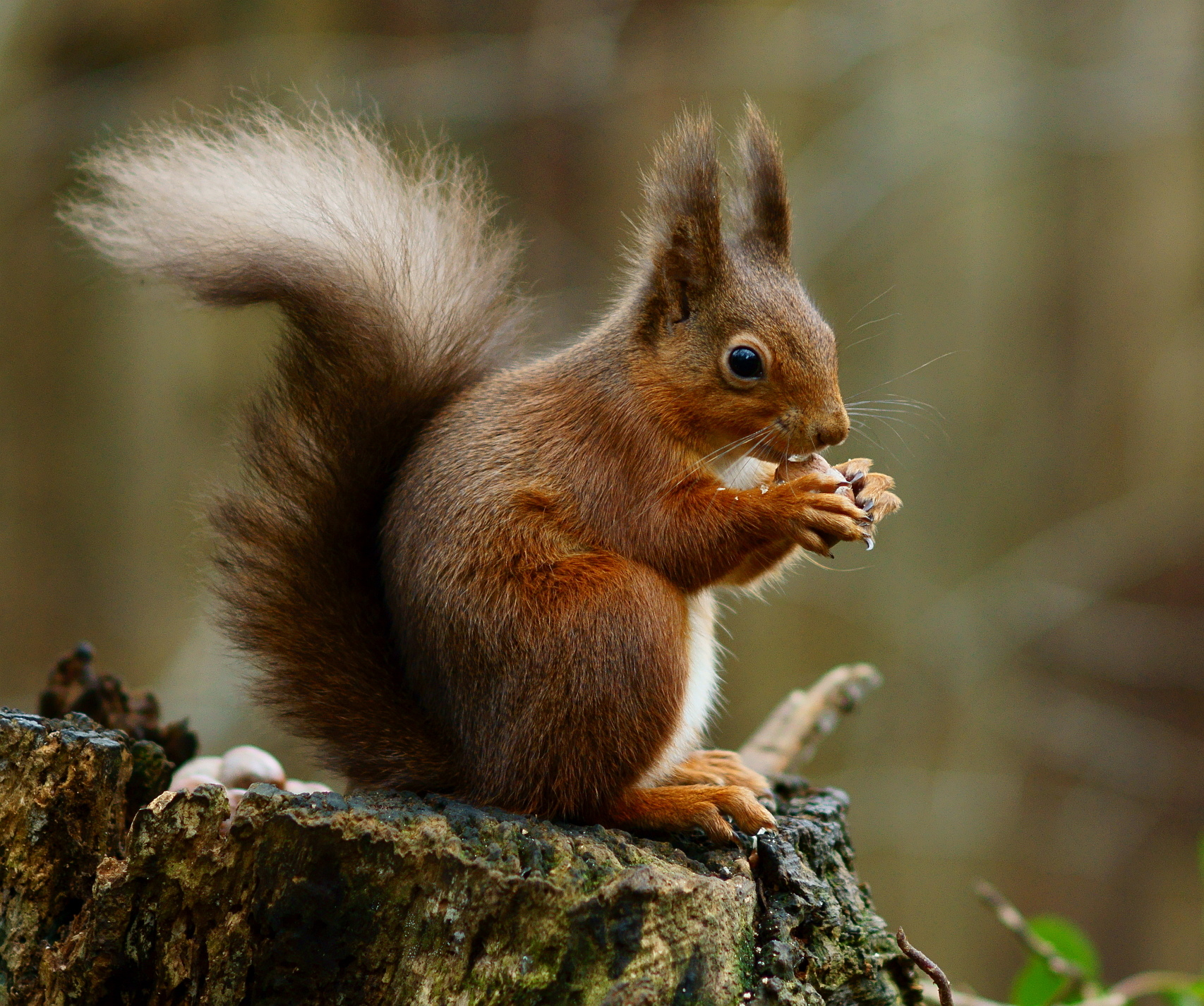
The red squirrel is Ireland’s only native squirrel, and perhaps the cutest member of the rodent family. This endearing little tree-dweller, with its characteristic bushy tail and ear-tufts, thrived in the large forests of Scots pine that were common in Ireland after the last ice age. In time these Scots pine forests dwindled and were replaced by deciduous species less suited to red squirrels.
Large patches of conifer forest are the reds’ preferred habitat, although in the absence of competition from grey squirrels they will colonise less suitable deciduous woodland. Their favourite source of food is the seeds hidden inside the cones of pine and spruce trees, which they get at by gnawing away at the cone. A forest floor littered with gnawed pine-cones that resemble apple cores is a sure sign that there are squirrels present. Reds will also eat acorns, berries, fungi, and will strip away tree bark to get at the sweet sappy tissue underneath. When food is plentiful surplus is often stored to see the squirrel through leaner times.
Red squirrels are active during the day, and sleep at night in spherical nests called dreys. Dreys usually consist of a twig frame lined with soft mosses and grass, and are built at least six metres (c. 20 foot) from the ground. Each squirrel will typically use several dreys within a home range of some 7 hectares. Squirrels are not territorial: home ranges often overlap and it is common to see several squirrels foraging in the same area of forest.
Although widespread and still relatively common, red squirrels are notoriously difficult to spot. They tend to spend most of their time high in the forest canopy, using their tails as a versatile balancing aid while traversing narrow branches and leaping acrobatically from tree to tree.
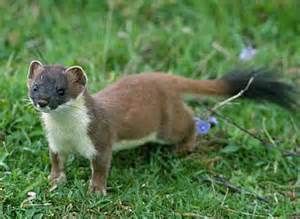
Irish stoats are usually, and mistakenly, called weasels in rural areas — however, weasels are not present in Ireland. It is in fact a distinctive stoat and a separate Irish sub-species.
The Irish stoat has a long, slender body and short legs. Its back and head are brown, and its belly is creamy white. The division between the brown back and the lighter underbelly fur is usually irregular. The tip of the tail is always black.
The Irish stoat can live in a wide variety of habitats with sufficient prey and cover for hunting. It is a good swimmer, a surefooted climber and perfectly adapted for squeezing into small holes and burrows.